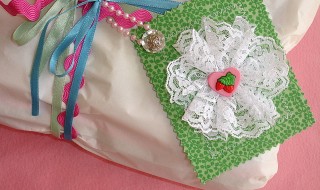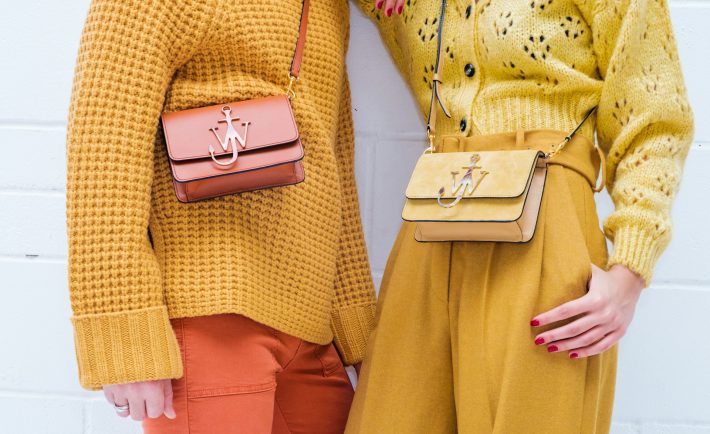
I, too, have felt the guilt of indulging in luxury, whether it is a designer bag, a statement accessory, or high-end makeup. With the hefty price tags, saving up for these purchases is a must. But luxury is not just about the cost.
It is about prestige, power, and perception.
The world’s top brands have mastered the art of desirability, transforming their products into more than just items. They are status symbols. But what really keeps luxury brands on top? Let us pull back the velvet curtain.
TIMELESS APPEAL
Even during the 2007-08 global financial crisis, luxury brands thrived. While other industries took a hit, the allure of high-end goods remained intact. Why? Luxury isn’t just about spending. It is about aspiration. No matter the economic climate, people still crave exclusivity, quality, and craftsmanship.
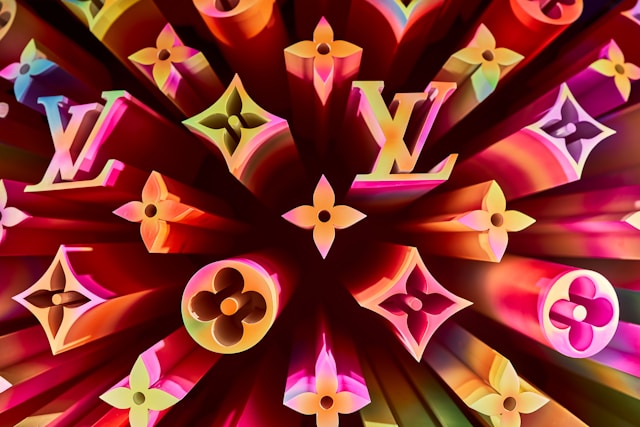
Image Credits: unsplash.com
POWER OF EXCLUSIVITY
Luxury is defined by rarity. The harder something is to get, the more people want it. High-end brands cultivate this through limited-edition drops, private shopping experiences, and exclusive distribution channels.
Take Burberry in the late 90s. It made the mistake of going too mainstream, flooding the market with accessible products. The result was a decline in prestige and profits. Only after scaling back and re-establishing exclusivity did Burberry reclaim its elite status. Lesson learned. Luxury thrives on limited access.
INFLUENCE OF CLOUT
In luxury, credibility is everything. That is why brands strategically leverage celebrity endorsements and influencer partnerships to reinforce their status. Nordstrom, for example, masterfully integrates influencer marketing to build hype and cultivate desirability. The right endorsement can turn a product into a cultural icon overnight.
HIDDEN ARTISANS OF LEATHER GOODS
Nestled in the hills of southern Spain, the town of Ubrique is far from the fashion capitals of Paris or Milan. No airports, no train stations. Just winding roads leading to one of the luxury industry’s best-kept secrets.
This remote village is where elite brands like Louis Vuitton, Gucci, Hermès, Chanel, and Loewe craft their high-end leather goods. The artisans of Ubrique, known for their meticulous craftsmanship, create the handbags, wallets, and belts that define luxury. Despite its low profile, this tiny town remains an essential hub for the world’s top fashion houses.
EYEWEAR GIANT BEHIND MANY DESIGNER FRAMES
Ever wondered why luxury eyewear from brands like Prada, Chanel, and Versace all seem to have a similar feel? That is because most of them come from the same manufacturer, Luxottica.
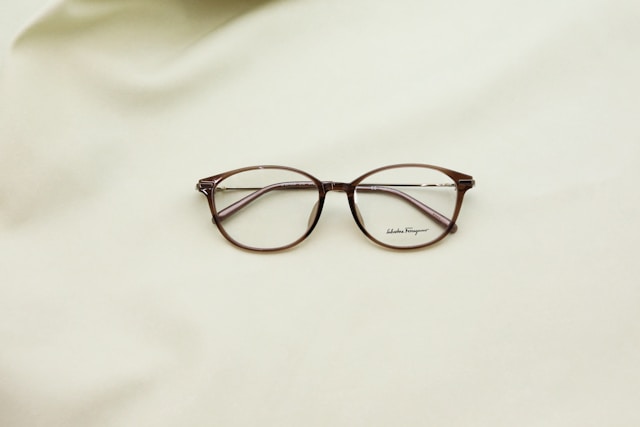
Image Credits: unsplash.com
Based in Milan, Luxottica designs and produces eyewear for nearly every major luxury label. It also owns iconic brands like Ray-Ban and Oakley. In short, whether you are buying a pair of Dior or Tiffany & Co. sunglasses, there is a good chance they were crafted under the same roof.
OVERPRICED TAG SCANDAL
Luxury pricing is about more than materials. It is about branding, exclusivity, and craftsmanship. But sometimes, the markups raise eyebrows.
Take Dior’s 2024 controversy. Reports surfaced that a subcontractor was paid as little as 53 euros per bag, while the same bag retailed for 2,600 euros. Dior denied the claims, stating that its pricing aligned with industry standards. True or not, the scandal reignited the debate. Are luxury prices justified, or just a product of brilliant marketing?
IN A NUTSHELL
Luxury brands aren’t just selling products. They are selling dreams. Through exclusivity, influencer power, and strategic pricing, they maintain an aura of prestige that keeps consumers craving more.
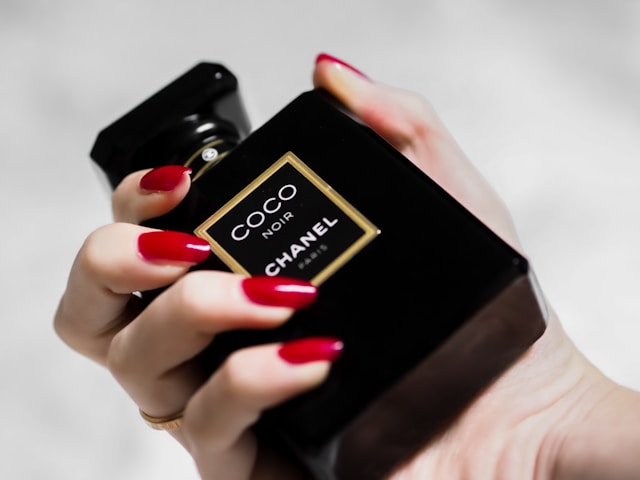
Image Credits: unsplash.com
The secret of luxury lies not just in what you buy but in what it represents.




